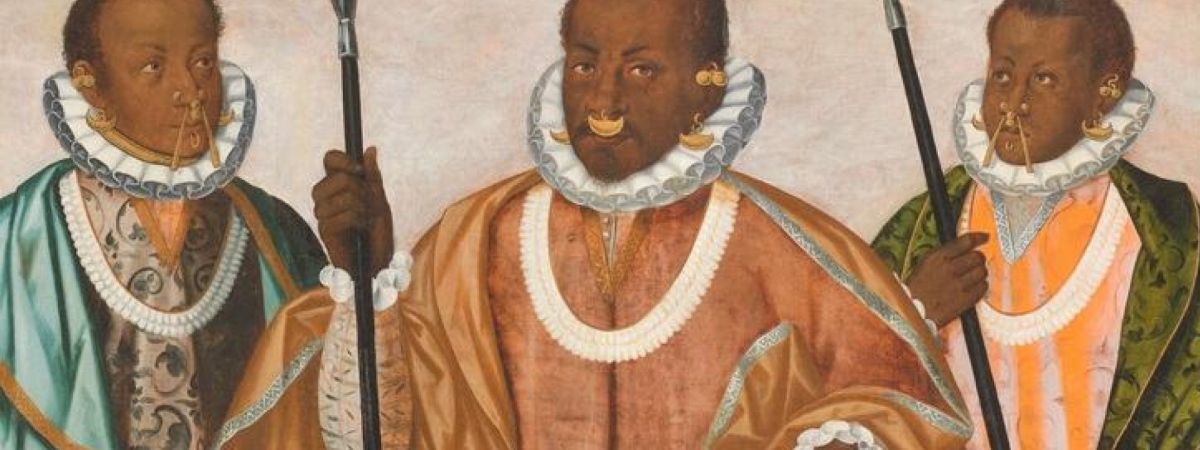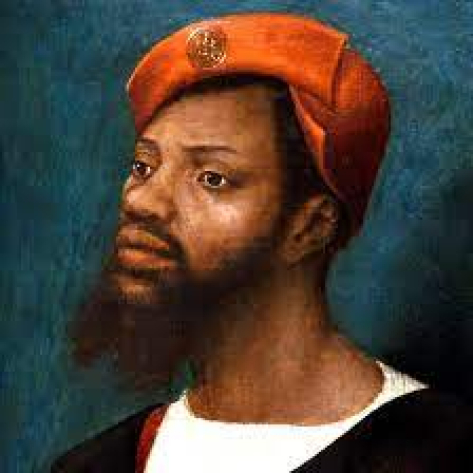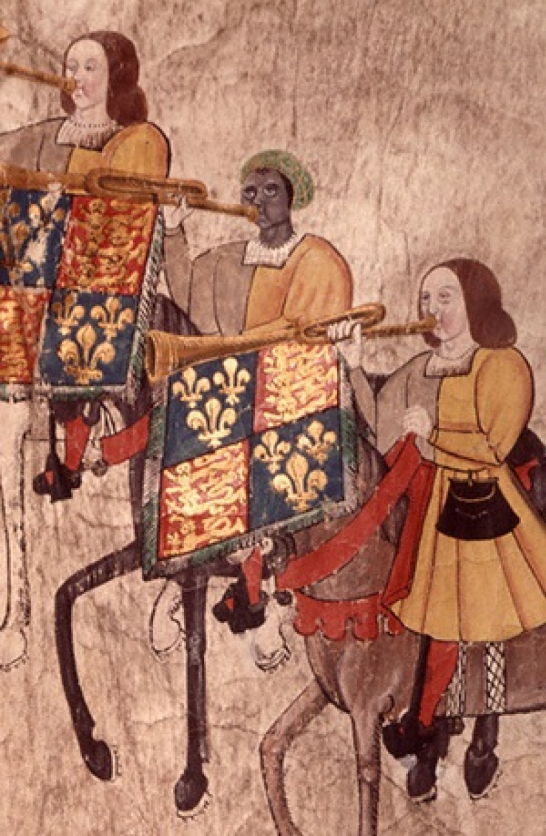Black Tudors: free men and women in England

Share
Im Louise, the Heritage Engagement Officer at Selly Manor Museum, and this is the first in a series of blogs exploring Black Tudors for Black History Month.
I have only worked at the museum for just over a year. Wanting to educate myself about Selly Manor and Tudor life, I was intrigued to discover an online course about Black Tudors. If like me, you imagined and were taught all Tudors were white, youll be surprised to find that there were over two hundred people of African origin or descent living in Britain during the Tudor period (1485-1603).
We know that Black people lived in England as part of the Roman Empire (80 - 405 CE), and that there was a wave of migration in the mid twentieth century, famously with the arrival of Empire Windrush in 1948, but this middle period of Black experience in England is lesser known. How did they come to live in England during the reigns of the Tudor kings and queens?
Black Tudors came to Britain from Europe, from Africa, and from the Spanish Caribbean. Increased interaction between Europeans and Africans was initiated by the Portuguese, who established a presence in North and West Africa in the fifteenth century. They enslaved Africans and transported them to Portugal in 1444. After this, a substantial Black population developed across southern Europe, with much smaller numbers appearing in northern mainland Europe. In this period of history, England hadnt yet become heavily involved in trafficking enslaved Africans, nor had they any colonies in the Americas.
In the sixteenth century Africans started to arrive in England from Spain or Portugal. Some arrived in the entourages of Katherine of Aragon and Philip II, and in the households of Portuguese merchants. Some came with privateers and pirates, and from the 1550s, England began to trade with Morocco and West Africa directly, and Africans began arriving on British ports such as Southampton and Portsmouth, but they were not slaves.

Our knowledge of British history is so intertwined with colonialism and the international slave trade, that it may surprise you to hear that none of these Africans who lived in England during the Tudor period were slaves. There was no English legislation on enslavement and the status of enslaved people. No statutes codifying modern enslavement were ever passed in England. Forced labour hadnt been recognised in English law since feudal villeinage had died out in the 14th century and even that was a very different system from slavery. England was free soil.
As for slaves and bondmen, we have none; nay such is the privilege of our country by the especial grace of God and bounty of our princes, that if any come hither from other realms, so soon as they set foot on land they become as free in condition as their masters, whereby all note of servile bondage is utterly removed from them. William Harrison, 1587 (Source Black Tudors, Miranda Kaufmann)
If an African arrived in England a slave, they were free the moment they stepped off the boat. Its difficult for us, in the 21st century, with the knowledge of the horrors which took place during British colonialism to imagine a time before institutionalised racism, but Tudor society did not operate based on skin colour, nor where you were from. The main issue was whether you were Christian and baptised. A Christian living in England could not be enslaved. Its hard to overestimate the importance of religion in Tudor society. Everyone believed in God and for them heaven and hell were real places. They used religion to explain things they did not understand, in a time before science had been explored.
But if these Tudors had adopted Christian names, how do we know they were of African origin? Detail about their daily lives and how they were treated appears in a wide range of archival sources. Dr Miranda Kaufmann has researched this topic thoroughly, studying parish registers, tax returns, household accounts, letters, diaries, wills, government papers and legal records. She found that the term blackamoor was used most frequently to describe a Tudor of African origin, and Ethiop, moor, negar and negro were also commonly used.

From this information, Miranda Kaufmann has been able to create biographies of a handful of individuals, who appear in her book Black Tudors: The Untold Story. They include a ship salvage diver, a circumnavigator, a silk weaver, a woman living by independent means, a trumpeter in the court of Henry VIII, a porter to a landowner and member of parliament, and a woman who converted to Christianity.
In our next blog we will look at one of these Black Tudors in more detail.
Selly Manor Museum is offering four paid artist commissions to create work inspired by Black Tudors. Each artist will receive £765 to create their work. They will also receive a development session supported by our partner, Black Arts Forum, and led by established artist Pogus Caesar, during which they will reflect on their developing practice. Details here. Deadline Monday 16th October.
Main image: The Mulatto Gentlemen of Esmeraldas, by Sánchez Gallque, Andrés, 1599
Second image: Portrait of a Moor, by Jan Mostaert, early 16th century
Third image: Extract from the 1511 Westminster Tournament Roll showing John Blanke, wearing a green turban latticed with yellow. Wikipedia.